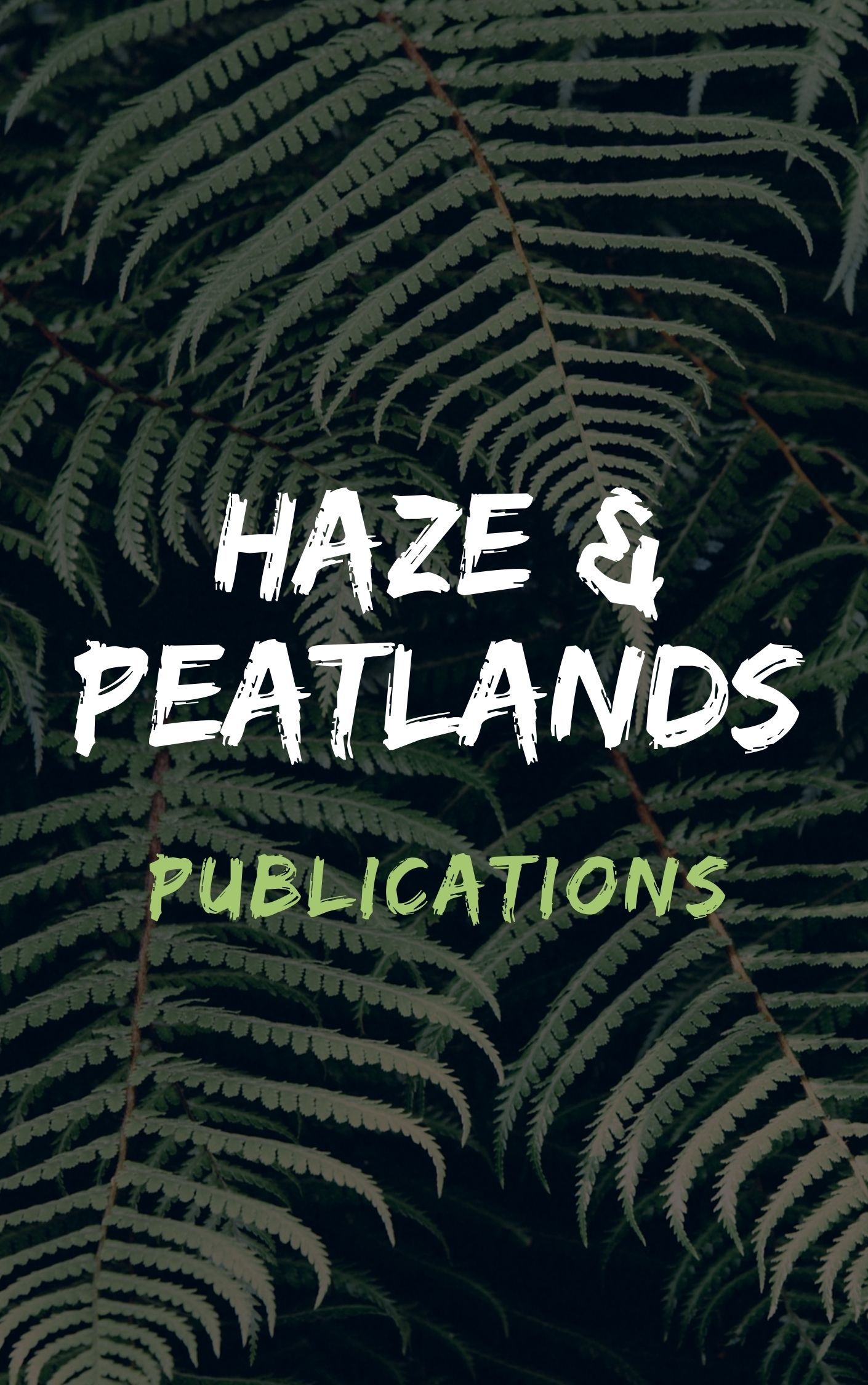In this study our main objective was to quantify water interrill erosion in the sloping lands of Southeast Asia, one of the most bio-geochemically active regions of the world. Investigations were performed on a typical hillslope of Northern Laos subjected to slash and burn agriculture practiced as shifting cultivation. Situations with different periods of the shifting cultivation cycle (secondary forest, upland rice cultivation following a four-year fallow period and three-year continuous upland rice cultivation) and soil orders (Ultisols, Alfisols, Inceptisols) were selected. One metre square micro-plots were installed to quantify the soil material removed by either detachment of entire soil aggregate or aggregate destruction, and the detached material transported by thin sheet flow, the main mechanisms of interrill erosion. In addition, laboratory tests were carried out to quantify the aggregate destruction in the process of water erosion by slaking, dispersion and mechanical breakdown. The average runoff coefficient (R) evaluated throughout the 2002 rainy season was 30.1 per cent and the interrill erosion was 1413 g m-2 yr-1 for sediments and 68 g C m-2 yr-1 for soil organic carbon, which was relatively high. Among the mechanisms of interrill water erosion, aggregate destruction was low and mostly caused by mechanical breakdown due to raindrops, thus leading to the conclusion that detachment and further transport by the shallow runoff of macro-aggregates predominates. R ranged from 23.1 to 35.8 per cent. It decreased with the proportion of mosses on the soil surface and soil surface coverage, and increased with increasing proportion of structural crust, thus confirming previous results. Water erosion varied from 621 to 2433 g m-2 yr-1 for sediments and from 31 to 146 g C m-2 yr-1 for soil organic carbon, and significantly increased with increasing clay content of the surface horizon, probably due to the formation of easily detachable and transportable sand-size aggregates, and proportion of macro-aggregates not embedded in the soil matrix and prone to transport. In addition, water erosion decreased with increasing proportion of structural crusts, probably due to their higher hardness, and when cultivation follows a fallow period rather than after a long period of cultivation due to the greater occurrence of algae on the soil surface, which affords physical protection and greater aggregate stability through binding and gluing. This study based on simultaneous field and laboratory investigations allowed successful identification and quantification of the main erosion mechanisms and controlling factors of interrill erosion, which will give arguments to further set up optimal strategies for sustainable use of the sloping lands of Southeast Asia.
Keyword(s)
aggregates, Alfisols, clay fraction, crop production, crusts, erosion control, fallow, forests, Inceptisols, interrill erosion, rice, runoff, secondary forests, sediment, shifting cultivation, slopes, sloping land, soil organic matter, soil types, Ultisols, water erosion, Laos, Oryza, Oryza sativa, Poaceae, Cyperales, monocotyledons, angiosperms, Spermatophyta, plants, eukaryotes, ASEAN Countries, Indochina, South East Asia, Asia, Least Developed Countries, Developing Countries, bush fallowing, fallowing, Lao People's Democratic Republic, organic matter in soil, paddy, slash and burn, swidden agriculture, Field Crops (FF005) (New March 2000), Plant Cropping Systems (FF150), Soil Physics (JJ300), Agroforestry and Multipurpose Trees, Community, Farm and Social Forestry (KK600), Erosion, Soil and Water Conservation (PP400)

